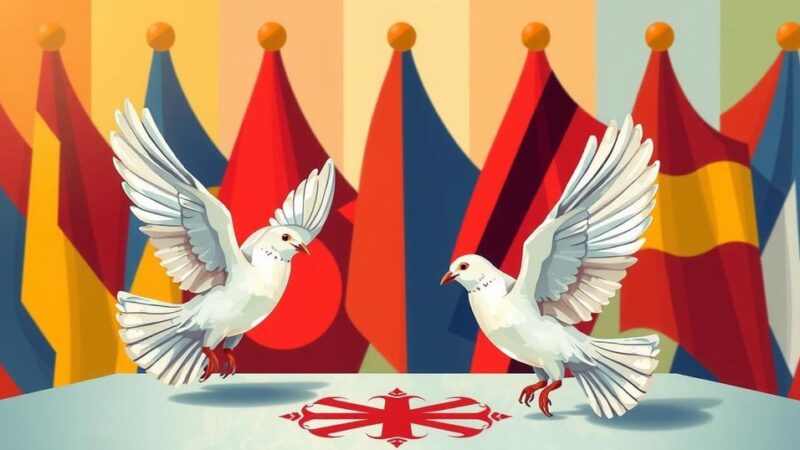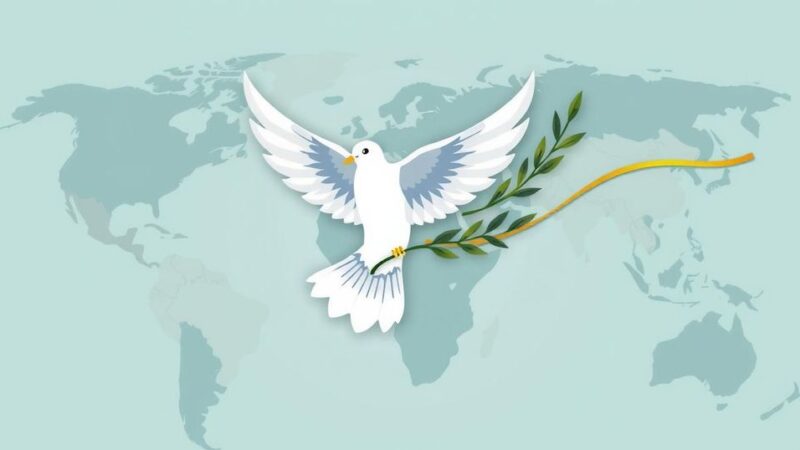Armenia initiated its bid for EU membership on January 9, 2025, with plans to apply for candidacy by autumn 2024. This strategic move aims to strengthen ties with Europe and represents a shift from its dependence on Russia for security. The European Parliament affirmed Armenia’s eligibility under the Maastricht Treaty, paving the way for future cooperation. The accession process will involve public approval through a referendum, reflecting the government’s alignment with national sentiments.
On January 9, 2025, the Armenian government approved a draft law that officially begins the process for Armenia’s membership in the European Union (EU). This decision reflects Armenia’s goal to strengthen its connections with Europe and indicates a shift in its geopolitical bearings. The approved draft law is a significant step toward aligning Armenia more closely with European policies and values.
The basis for this application stems from the Comprehensive and Enhanced Partnership Agreement (CEPA) signed between Armenia and the EU in 2017, which took effect in March 2021. CEPA established a framework for enhancing political and economic collaboration. Since the agreement, Armenia has steadily pursued deeper relations with the EU, paving the way for its future membership bid.
In March 2024, the European Parliament confirmed that Armenia meets the criteria of Article 49 of the Maastricht Treaty, qualifying it to apply for EU membership. Prime Minister Nikol Pashinyan announced intentions to submit the EU candidacy application by autumn 2024. This move was inspired by a grassroots initiative that gained significant public support, leading the government to advance the accession law process.
Pashinyan has indicated that joining the EU would be a progressive process requiring a national referendum for public endorsement. He remarked, “In the event of the adoption of this law, it is necessary to have a certain idea of actions up to the point of holding or not holding a potential referendum.” This statement highlights the administration’s commitment to aligning EU membership with public sentiment in Armenia.
This EU membership initiative represents a major shift from Armenia’s historical reliance on Russia. Traditionally, Armenia has depended on Russia for security and is part of the Eurasian Economic Union (EAEU). The Kremlin has expressed unease about Armenia’s pivot to the EU, with spokesperson Dmitry Peskov stating that being a member of both the EU and EAEU is “impossible.”
Armenia’s push for EU integration occurs against a backdrop of ongoing conflicts with Azerbaijan, particularly over Nagorno-Karabakh. The recent hostilities and the displacement of ethnic Armenians have intensified Armenia’s sense of insecurity, influencing its decision to pursue stronger ties with Europe as a potential strategic safeguard.
Armenia’s move to pursue EU membership reflects a significant geopolitical shift aimed at bolstering ties with Europe amid ongoing tensions with Azerbaijan. The approval of a draft law by the Armenian government initiates the formal application process, demonstrating commitment to a gradual accession path that will require public backing through a referendum. While this signals a departure from its traditional Russian alliance, it has raised concerns in Moscow about the dual membership in both the EU and the EAEU feasibility.
Original Source: globalsouthworld.com





